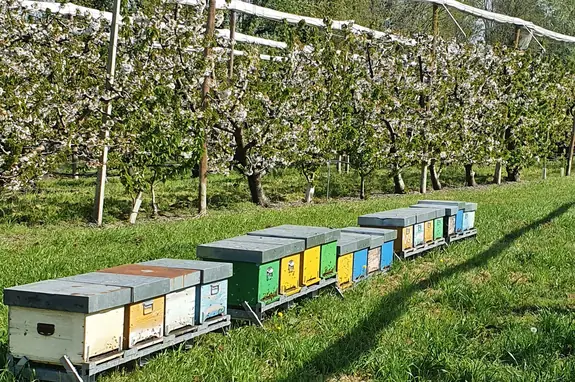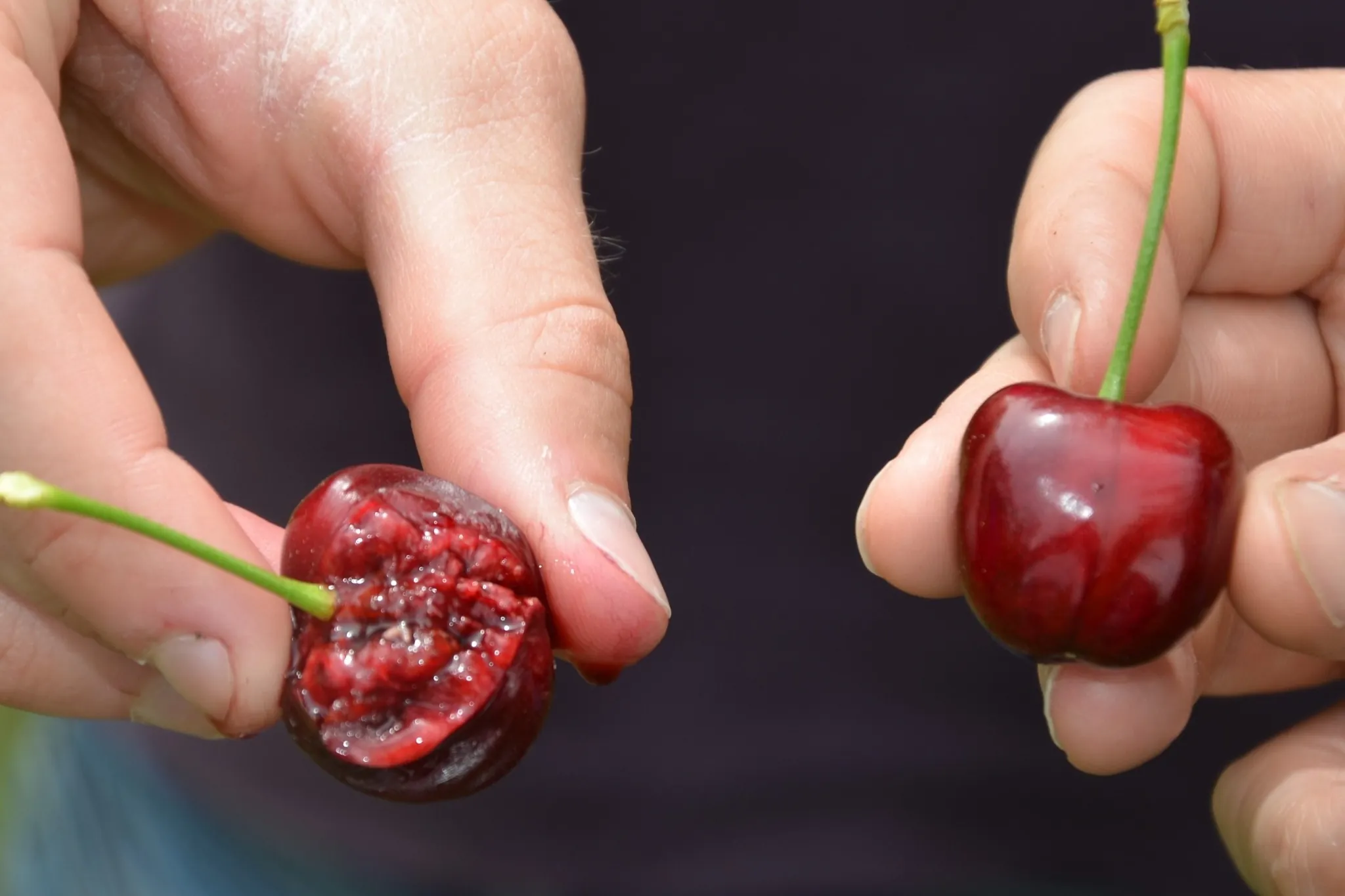Sweet cherry farmers in California, aware of the short window to make nitrogen management decisions, are adopting new approaches to maximise yield. Historically relying on leaf sampling and critical values, the project 'Development of a Nutrient Balance and Nutrient Demand Model for Nitrogen Management in Cherry Trees' introduced new fertiliser management tools.
The project demonstrated that adjusting nitrogen applications according to tree demand and seasonal uptake patterns can optimise fertiliser use in mature cherry trees. Nitrogen requirements were calculated based on fruit production and perennial tissue growth, providing useful guidance to growers.
Cherry trees were sampled to determine the nitrogen removal coefficient and the nitrogen required for perennial tissue growth. The results showed variations between cherry varieties, influencing the total nitrogen fertiliser requirements for the season.
To optimise nitrogen efficiency, a strategy was recommended that considers the estimated nitrogen requirements minus available nitrogen from other sources. In addition, applications of organic fertilisers and soil conditioners should be scheduled during the periods of highest nitrogen uptake, from November to September.
| Variety | N Removal Coefficient (lbs. N/1000 lbs. of fresh fruits) |
| Rainier | 2.74 |
| Coral | 2.73 |
| Bing | 2.32 |
| Weighted Average | 2.59 |
| | |
| Variety | N for Perennial Growth (lbs. N/acre) |
| Rainier | 28.99 |
| Coral | 28.41 |
| Bing | 27.51 |
| Weighted Average | 28.30 |
The impact of the project is significant, promising to set new standards for nitrogen management in cherry trees. Synchronising fertiliser applications with tree demand and seasonal uptake patterns can optimise fertiliser use and significantly reduce nitrogen losses. These findings are shared with growers through the Cherry Board of California and the University of California Fruit and Nuts website, helping to improve agricultural practices in the region.
To learn more about this project and other ongoing and completed FREP projects, visit the website: https://www.cdfa.ca.gov/is/ffldrs/frep/Research.html.
Read the full article: California Department of Food and Agriculture (CDFA)
Table and images: California Department of Food and Agriculture (CDFA)
Cherry Times - All rights reserved












